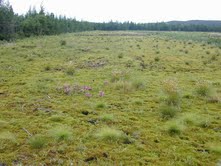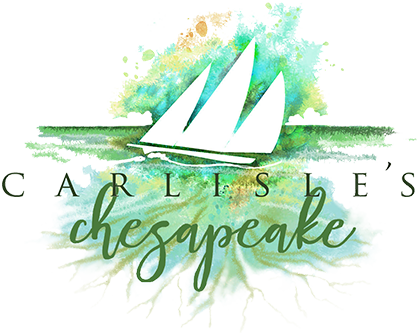Content

Sphagnum Peatland Management, The Canadian Spaghnum Peat Moss Association
Regrowth starts in the first two years after the fragments have been spread. Although there is little sign of Sphagnum regrowth, at this stage the field turns green with live plants.
Sustainable Peatland Management
In Canada there are 113 million hectares (279 million acres) of peatland producing on average 70 million tonnes of peat per year. The Canadian sphagnum peat industry currently harvests approximately 1.4 million tonnes annually on 17,000 hectares (42,000 acres) which is less than .02 % of Canada’s peatland area. (Source: Canadian Peat Harvesting and the Environment; Second Edition) Clearly harvesting of sphagnum peat moss for horticultural use is well within the sustainable allocation limits of natural resource availability.
A key measure of sustainable management practices is the renewal and restoration following completion of harvest. The Canadian peat producers have adopted a strict Preservation and Reclamation Policy that calls for, among other things:
- Identifying bogs for preservation through environmental assessment;
- Using careful harvesting techniques so that restoration can be readily achieved;
- Leaving at least three feet of peat at the bottom of the bog; and
- Returning harvested bogs to functioning peatlands or some other beneficial use.
The CSPMA (The Canadian Sphagnum Peat Moss Association) is not only committed by its Preservation and Reclamation Policy to restore bogs to functioning wetland ecosystems but it is also a world leader in this field. Since 1992, we have allocated major funding for research through the Industrial Research Chair in Peatland Management at Université Laval. Our efforts have resulted in a restoration process that will return a harvested bog to a sustainable peatland ecosystem within five years. In the years from 2007 to 2011 Canadian peat companies are planning to restore or reclaim more than 3,100 hectares (7,660 acres) of harvested peatlands.
Renew
Usually three to five years after planting, Sphagnum and many of the other bog plants such as pitcher plants, sundew, Labrador tea, bog rosemary and some swamp spruce start to appear.
The Association and its members fully acknowledge the significance of meeting the global and national issues of Climate Change. In response to concerns regarding emissions from peat development and climate change, a report was commissioned to identify the role of Canada’s horticulture peat industry. The report prepared by J.P. Cagampan and Dr. Maria Strack, University of Calgary, Department of Geography identified:
- Canadian peat horticulture emissions (0.89 Mt CO2 –e) represent 0.03% of emissions for all degraded peatlands (3 Gt CO2-e) worldwide.
- Canadian peat horticulture emissions are 0.006% of all total global net anthropogenic emissions (15.7 Gt CO2-e).
- Nationally, the horticultural peat industry represents 0.1% of total national GHG emissions (771 Mt CO2 in 2006)
style=”font-family: Arial; font-size: small;”>Gardeners, green house operators, and nurseries should be encouraged to fully understand these challenges as well as the positive value and limited impact that using Canadian sphagnum peat moss has on Climate Change.
The Canadian Sphagnum Peat Moss Association and its members consider not only environmental stewardship but social accountability and economic well being as integral components of the sustainability definition. We are embarking on initiatives that will provide sustainability reports, life cycle assessments and possible certification of harvest management practices.
Restore
Within five years, the Sphagnum has accumulated 4 to 8 inches in depth, the pitcher plants are fully developed and birds, animals and amphibians have started to return to the bog. It is at this stage of the cycle that the bog begins to return to a functioning ecosystem.
There is no concern with continuing to use peat moss for horticulture in North America. The resource is huge, the amount of harvest small by comparison and the industry and government are committed to wise use and sustainable peatland management.




